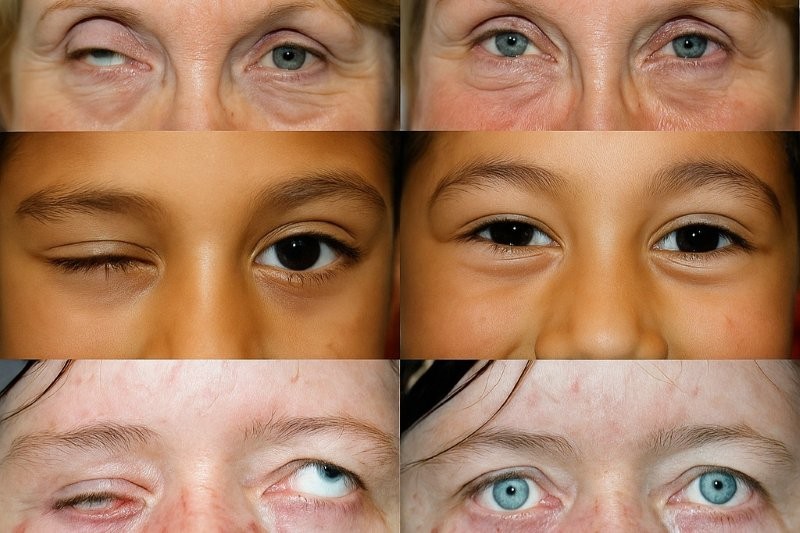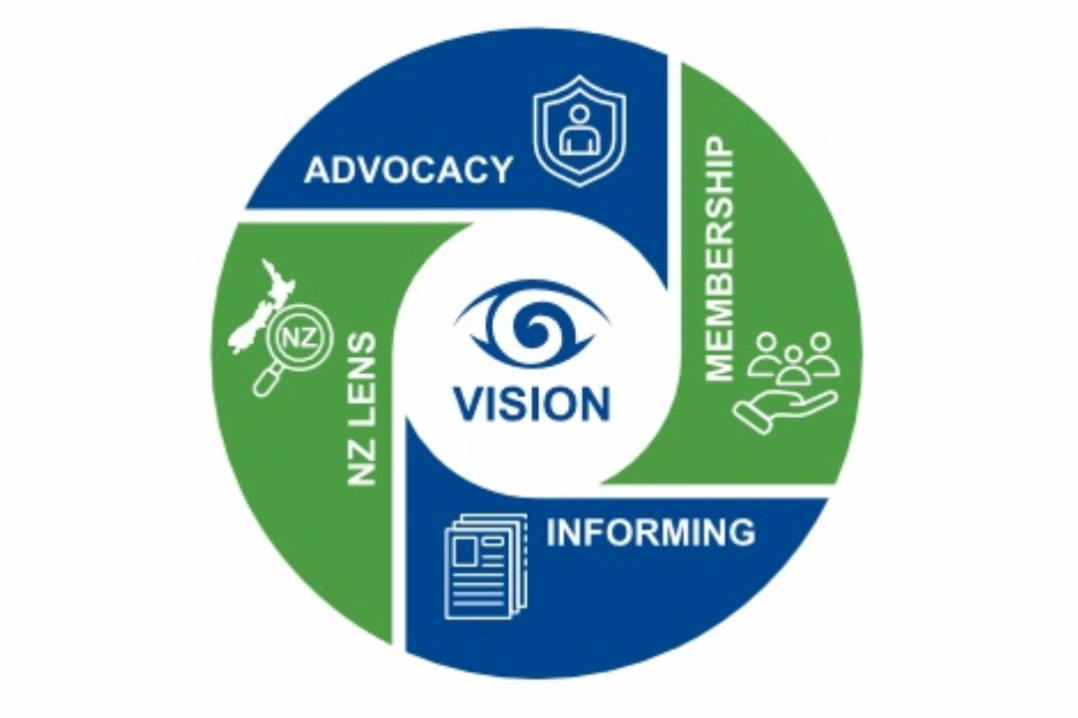Anterior eye, smoking and glaucoma insights
Patterns in refractive error and treatment delay in keratoconus – an Australian study
Bobba et al
PloS one, 1932-6203,2024 Jan 11, Vol19. Issue 1
Review: This study provides valuable insights into the challenges surrounding the early detection and referral of keratoconus patients. Keratoconus, the most common primary corneal ectasia, often goes undetected in its early stages due to its asymptomatic nature. This poses a significant problem for optometrists who, lacking access to advanced imaging modalities, may miss the opportunity to refer patients for timely intervention.
The research highlights several key findings. Firstly, keratoconic patients who eventually underwent corneal collagen crosslinking (CXL) exhibited a significantly higher rate of change in refractive error compared to non-keratoconic subjects. This suggests refractive data, particularly changes in visual acuity and cylinder power, may serve as early indicators of keratoconus progression. Secondly, the study found a significant delay in the referral of keratoconic patients to ophthalmologists. On average, patients were referred approximately three years after their first optometry visit, during which time their visual acuity significantly declined. This delay underscores the need for improved screening tools and referral guidelines to facilitate early detection and intervention. Lastly, the study suggests that optometrists tend to refer patients earlier when they exhibit a more rapid decline in visual acuity and refractive error. This highlights the importance of early detection of keratoconus signs, such as patterns of refractive error progression and visual acuity decline, to detect the disease early.
Comment: Overall, this study underscores the importance of early detection and intervention in keratoconus. By identifying key indicators of disease progression and highlighting the challenges surrounding early detection, the research provides valuable insights that may inform the development of more effective screening tools and referral guidelines. This, in turn, could lead to improved outcomes for keratoconic patients by facilitating timely access to appropriate interventions.
Impact of smoking on glaucoma
Mahmoudinezhad et al
Curr Opin Ophthalmol 2023, 34:000 – 000 (Published ahead of print)
Review: This article explores the potential relationship between smoking and the development and progression of glaucoma. It highlights that while intraocular pressure (IOP) is the only proven modifiable risk factor for glaucoma, recent studies suggest smoking may also play a role in its development and progression.
The authors reviewed recent study findings, some of which suggest a potential association between smoking and an increased risk of glaucoma development, particularly among heavy smokers. Additionally, smoking cessation may be associated with slower visual field progression in glaucoma patients. However, the authors emphasised that more research is needed to validate these findings and there is still controversy surrounding the impact of smoking on glaucoma.
The article also discusses potential mechanisms through which smoking may affect glaucoma, including oxidative stress, inflammation and vascular dysfunction. It suggests that smoking may lead to decreased blood flow to the optic nerve head, contributing to glaucoma progression.
Comment: Overall, while the association between smoking and glaucoma is still unclear and requires further investigation, clinicians should encourage glaucoma patients to adopt healthy lifestyle habits, including smoking cessation, as it may have potential benefits for glaucoma management and general health.
Cataract surgery after corneal refractive surgery: preoperative considerations and management
Ting et al
Curr Opin Ophthalmol 2023, 34:000 – 000 (Published ahead of print)
Review: This paper discusses the challenges and considerations for cataract surgery in patients who have previously undergone corneal refractive surgery (CRS), such as LASIK or SMILE. As these patients age and develop cataracts, ophthalmologists will face challenges in managing cataract surgery in these eyes. The authors highlight several key points:
- Preoperative considerations – CRS can affect various aspects of the eye, such as the ocular surface, corneal nerves and intraocular lens (IOL) power calculation. Accurate biometry becomes challenging due to alterations in corneal shape and structure
- Technological advances – Recent advancements like total keratometry, ray tracing and machine learning-assisted IOL power calculation formulas have shown promise in improving prediction accuracy for IOL power in eyes with previous CRS
- Dry eye management – Dry eye is a common side effect after cataract surgery, especially in eyes which have had CRS. Strategies for managing dry eye preoperatively are crucial for better surgical outcomes and patient satisfaction
- Presbyopia correction – Options for presbyopia-correcting IOLs may be suitable for carefully selected patients with previous CRS. However, careful patient selection and counselling are essential due to potential visual phenomena like glare and haloes
- Refractive targets – Achieving the desired refractive outcomes becomes more challenging in eyes with previous CRS due to the difficulty in accurate biometry. New technologies like ray tracing and total keratometry show promise in improving refractive predictability.
Comment: Increasingly, ophthalmologists will encounter challenges related to managing cataract surgery in patients with a history of CRS. Thoroughly evaluating the ocular surface, selecting appropriate IOL power calculation formulas and implementing effective presbyopia correction strategies are pivotal for achieving satisfactory clinical and refractive outcomes and ensuring patient contentment. Furthermore, the emergence of novel CRS techniques, like SMILE, may present new hurdles for such cases in the coming years.
Dr Stefano Guglielmetti is an ophthalmologist in Whangārei. He completed fellowships in corneal, cataract and refractive surgery at Moorfields Eye Hospital in the UK and is a fellow of RANZCO, the Royal College of Surgeons of Canada and the World College of Refractive Surgery and Visual Sciences.
























